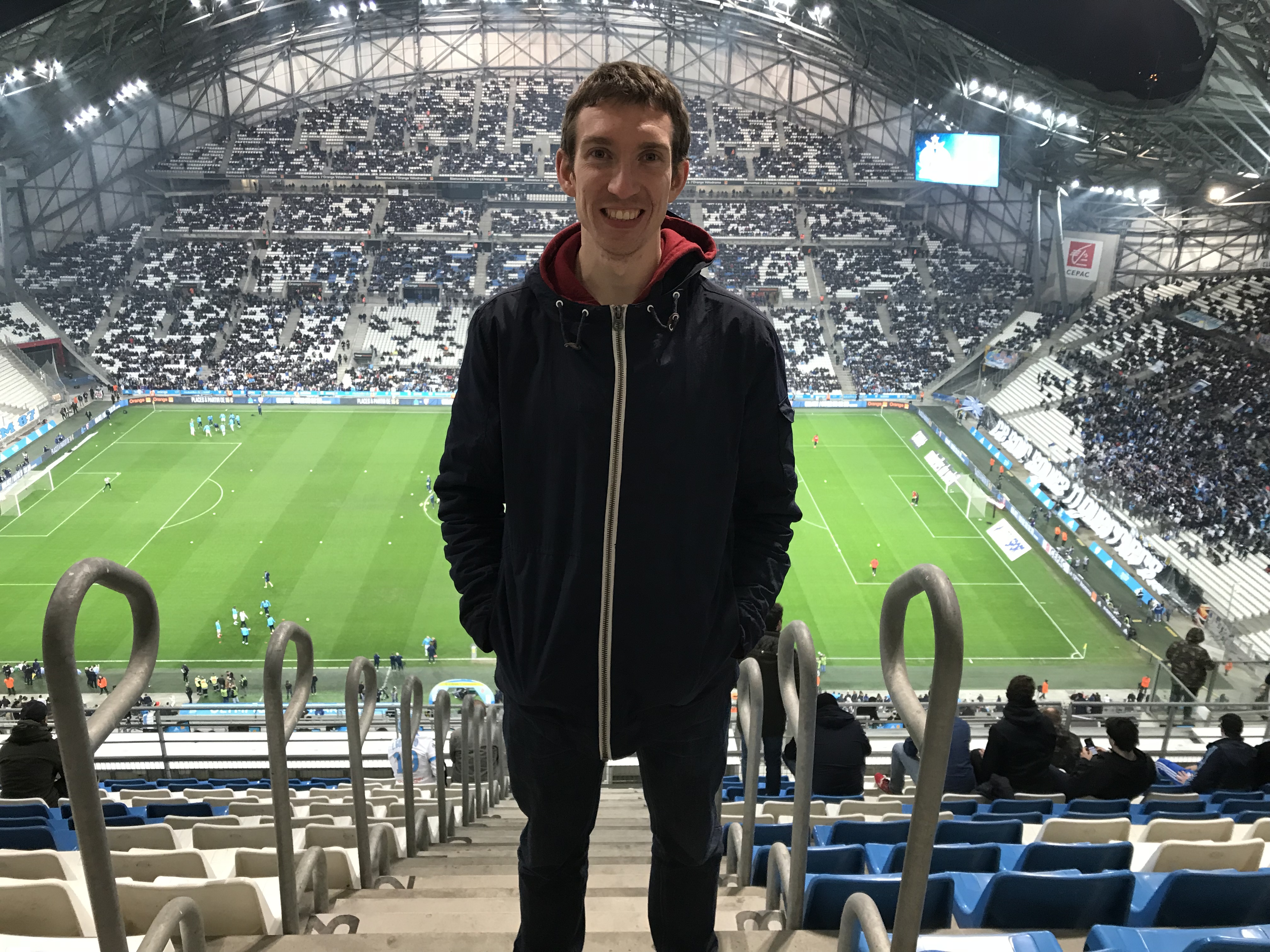Why Javier Mascherano is more important to Argentina than Lionel Messi
Say whaaa? In a team of outrageous attacking class, someone has to do the dirty work, says Greg Lea...
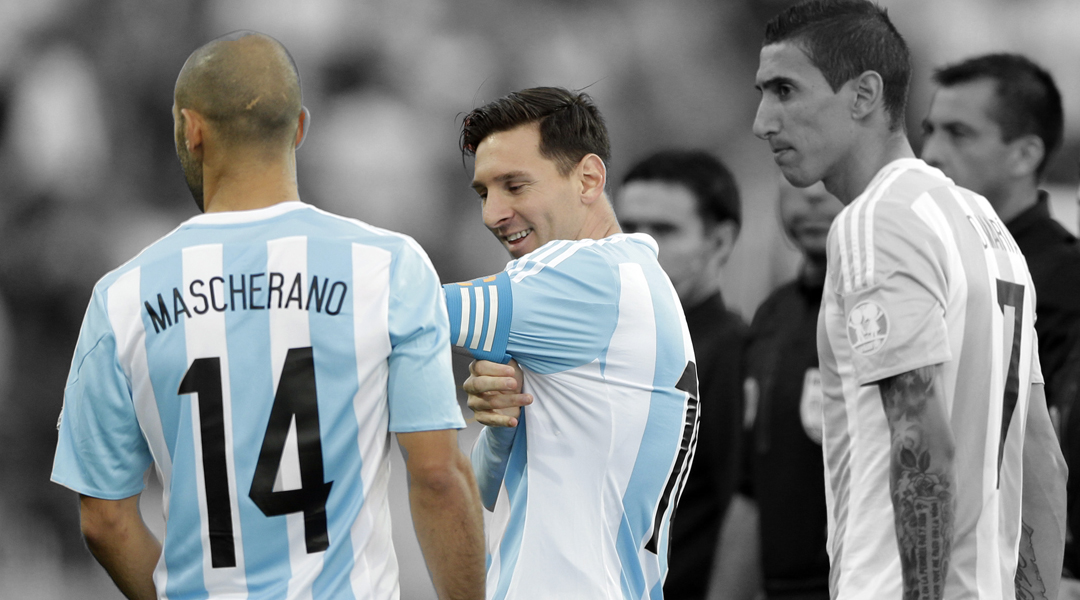
It was the ultimate game of two halves. Those inside the Estadio La Portada in La Serena witnessed a football feast in the opening 45 minutes, an attacking display of outstanding quality that yielded two goals and a seemingly unassailable lead. Argentina – led by the mouth-watering front three of Lionel Messi, Sergio Aguero and Angel Di Maria – looked unstoppable, and it was hard to envisage any circumstances where Tata Martino’s side didn't lift the Copa America trophy in Santiago on July 4.
The next three-quarters of an hour could hardly have been more different. Paraguay, Argentina’s opponents in the Group B clash, fought back, eventually levelling the scores at 2-2 in stoppage time as Lucas Barrios swept home a knockdown from centre-back Paulo da Silva. It was nothing less than they deserved.
Such a collapse seemed unthinkable at the interval. Argentina, the pre-tournament favourites looking to end a barren run of 22 years without a trophy at senior level, fell to pieces, unable to take the sting out of the game or control it in midfield. Martino never seemed to entertain the possibility of shutting up shop, with Argentina’s policy of playing tit-for-tat in an enthralling end-to-end encounter ultimately costing them.
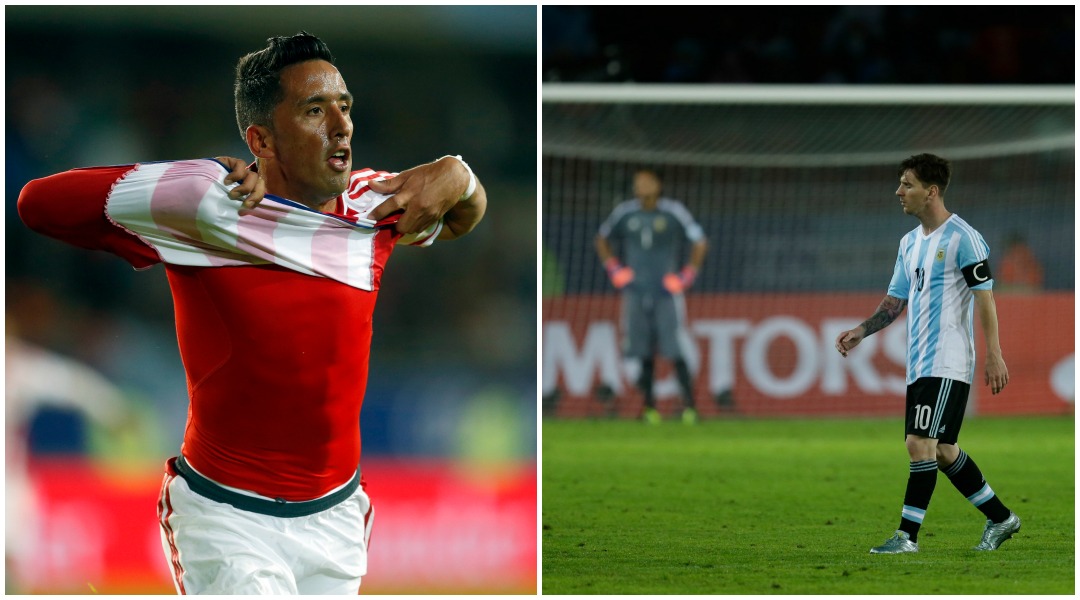
Defence over attack
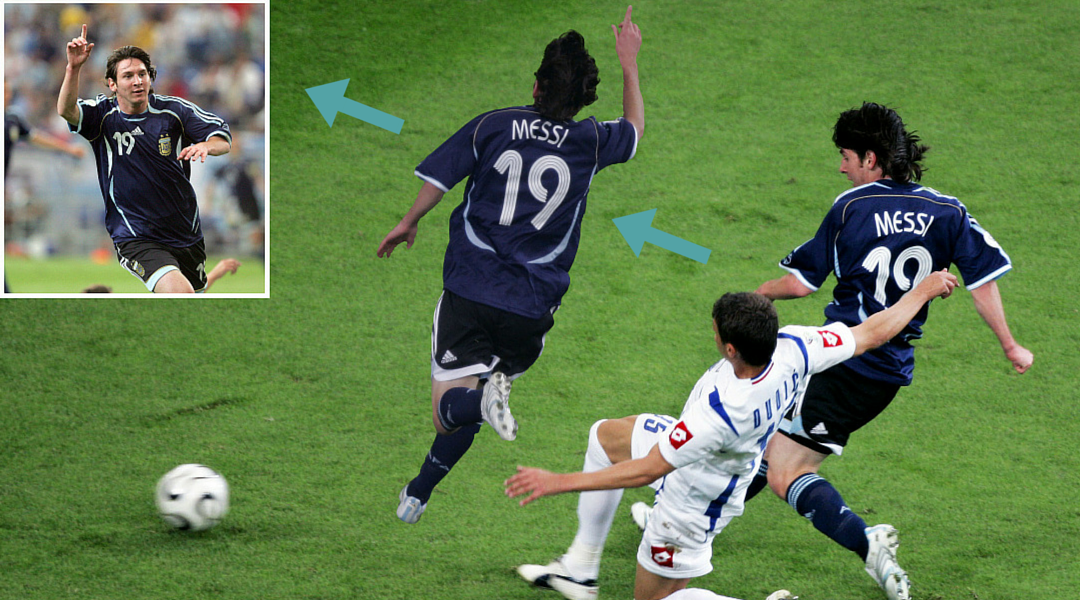
The former Barcelona manager’s mentality was best summed up by his nonsensical decision to introduce Carlos Tevez and Gonzalo Higuain after 75 minutes with a single-goal margin to protect. Argentina left with one point when it should have been three, and the watching public were left questioning whether the Albiceleste were too unbalanced and reliant on individuals to win their 15th Copa America title.
The two-goal throwaway increased cautiousness in Argentina’s subsequent two games, a pair of 1-0 wins over Uruguay and Jamaica. Although they ultimately got the job done, Argentina looked significantly short of their full capacity going forward, with two clean sheets forming an unlikely base for victory in a team flooded with incredible attackers.
Much like at the World Cup last summer, where Argentina didn't concede a goal in the knockout stages until Mario Gotze’s extra-time winner for Germany in the final, it could – somewhat surprisingly – be the defence rather than the attack that takes Martino’s side all the way in Chile.
Get FourFourTwo Newsletter
The best features, fun and footballing quizzes, straight to your inbox every week.
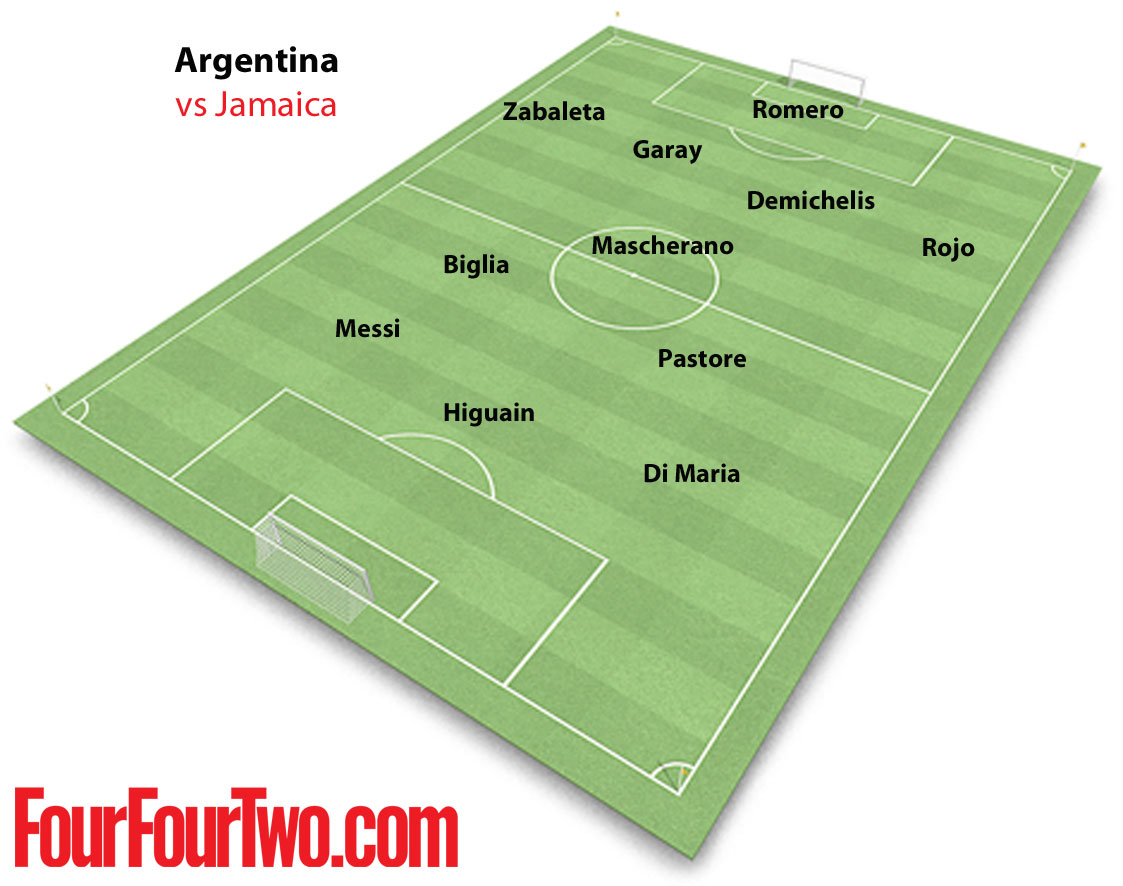
Indeed, with a difficult quarter-final clash against Colombia to come, there's a feeling that the most essential component of this Argentina squad is not Messi, Di Maria, Aguero, Tevez nor Higuain, but Javier Mascherano, the snapping and snarling midfielder who breaks up play in front of the back four and recycles possession. If Argentina are to end over two decades of hurt with the Copa America trophy, the Barcelona man – and not necessarily the best player in the world who wears the No.10 jersey – will be vital.
Boleyn to Barça
Another traditional Argentine footballer remains: the No.5, previously personified by Antonio Rattin, Diego Simeone and Sergio Batista
Mascherano was born in San Lorenzo in the province of Santa Fe, an area of Argentina that also bred Messi, Di Maria, Gabriel Batistuta, Jorge Valdano and Marcelo Bielsa. After playing for local sides Barrio Vila and Club Renato Cesarini in his formative years, Mascherano joined the River Plate youth ranks as a teenager and made his first-team debut in the Argentine top flight aged 19, months after he first appeared for the national side. In 2005, he and Tevez joined West Ham in two of the most bizarre transfers of all time, before the man nicknamed 'El Jeficito' (the Little Chief) went on to represent Liverpool and Barcelona, winning two Champions League and three La Liga titles during his time with the latter.
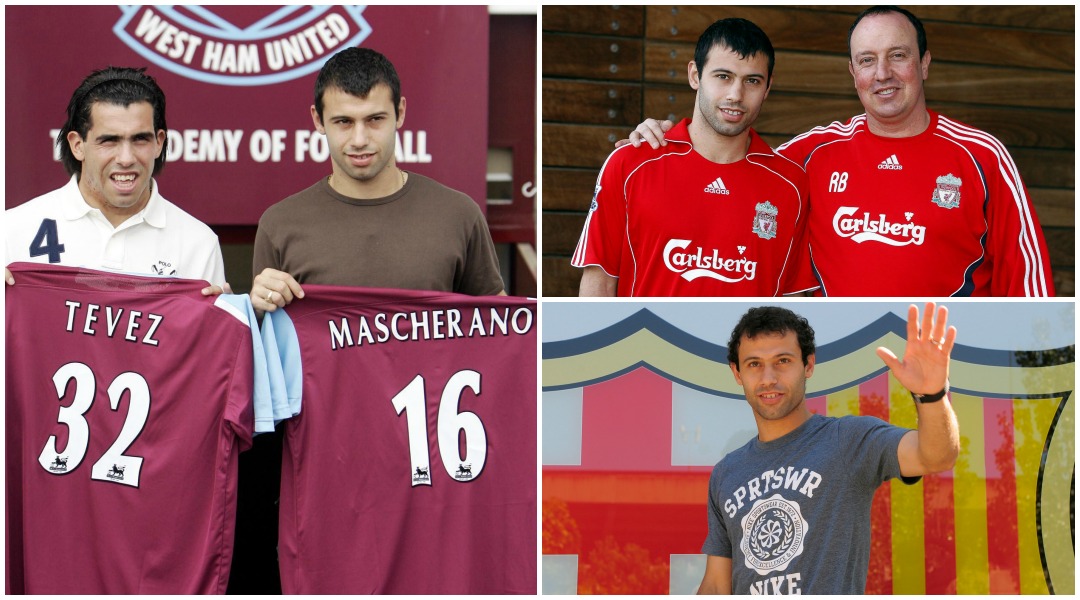
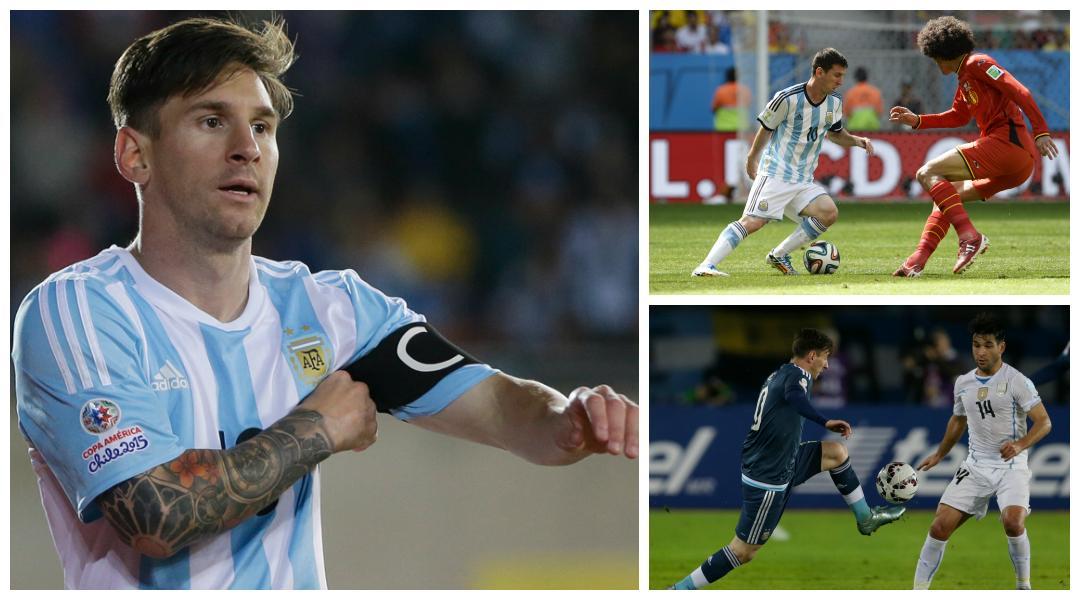
Argentine football has always been obsessed with the cult of the enganche, the old-school playmaker fielded in the hole behind the striker(s) who has the team’s creative responsibilities almost exclusively vested in his feet. Juan Roman Riquelme, Javier Saviola and Pablo Aimar all fulfilled the role in recent years, following Ariel Ortega and Ricardo Bochini.
While the increased pace of the modern game has largely made such a player redundant, another traditional Argentine footballer remains: the No.5, previously personified by Antonio Rattin, Diego Simeone and Sergio Batista, and perfectly embodied by Mascherano today.
Quietly reliable
The No.5’s job is to both protect his back four and collect the ball from them to instigate attacking moves. He is typically full of grit, drive and determination but, as is the case with Mascherano, also tends to have excellent – and often underrated – technical abilities: you cannot play as a ball-playing centre-back in a Barcelona team coached by Pep Guardiola without being extremely comfortable in possession.
Given that Argentina required a penalty shootout to overcome the Netherlands in last summer’s World Cup semi-final, Mascherano cannot really be labelled the match-winner, but he was certainly the player who most enabled Alejandro Sabella’s charges to reach the final. The defining image of that game was Mascherano’s seemingly impossible last-ditch block on Arjen Robben, a piece of defensive work that almost certainly saved a goal and kept his nation in the competition. Messi may have won the tournament’s Golden Ball award – controversially, it must be said – but Mascherano was Argentina’s best player throughout.
Messi may have won the tournament’s Golden Ball award but Mascherano was Argentina’s best player throughout

That could be the case at this summer’s Copa America, too. Messi’s extraordinary talent is such that he can produce moments of individual genius which turn games on their head; patterns of play overridden and subverted in an instant. Di Maria and Tevez are also capable of conjuring similar pieces of magic; Javier Pastore has shown his value by adding thrust and verticality to the midfield; Sergio Aguero has been typically predatory as the leader of Argentina's front-line.
The main issue with this side, though, is that its attacking prowess has often been undone by weaknesses at the other end of the field. That's why, as Argentina prepare to face Colombia, their most important man may just be Mascherano, the player who plugs gaps and sweeps up loose balls, organises the team’s defensive shape and provides a platform for his more forward-thinking team-mates to shine. He may not be the star who opponents rush to have a post-match selfie with, but the Barça man could be the one who truly leads Argentina to glory in Chile this summer.
Greg Lea is a freelance football journalist who's filled in wherever FourFourTwo needs him since 2014. He became a Crystal Palace fan after watching a 1-0 loss to Port Vale in 1998, and once got on the scoresheet in a primary school game against Wilfried Zaha's Whitehorse Manor (an own goal in an 8-0 defeat).
